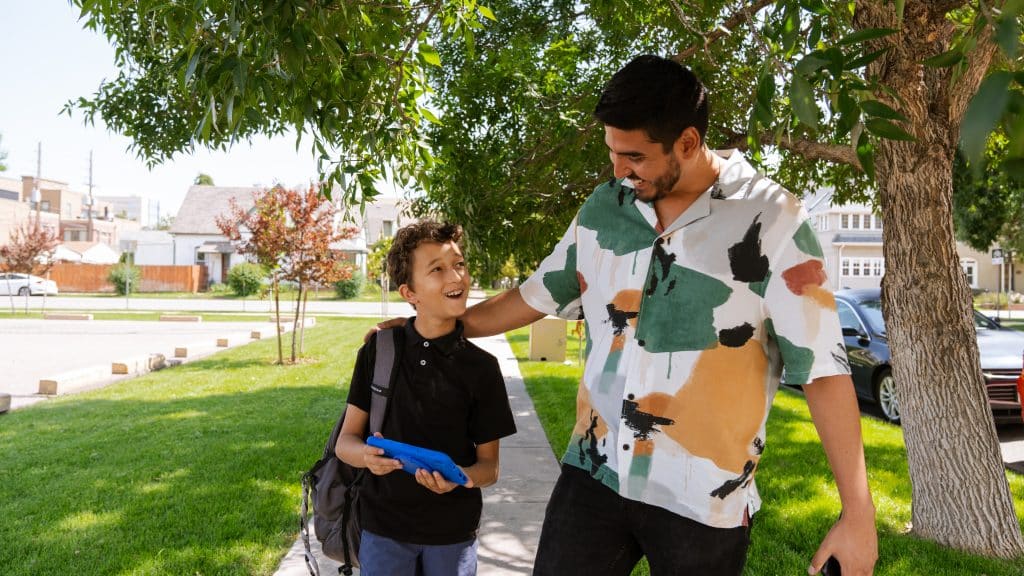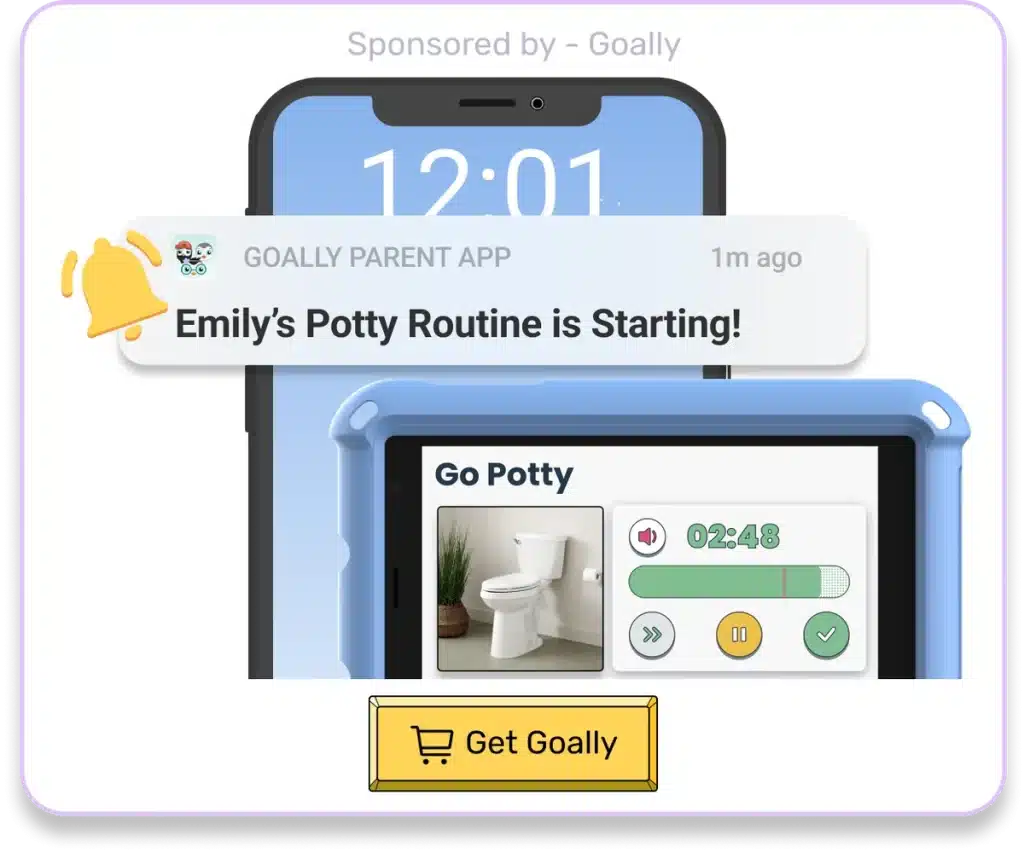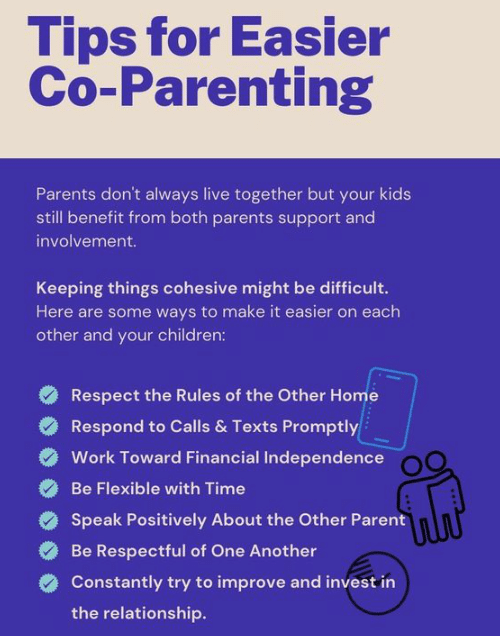When it comes to navigating the maze of a co-parenting schedule, you’re not alone. Many parents of neurodivergent kids face this challenge. They strive to strike a balance that caters to their child’s unique needs while ensuring fairness between both parents. In this post, we’ll guide you through the process of crafting a co-parenting schedule that works for everyone, especially your extraordinary kid.
Table of Contents
Understanding Your Child’s Needs
Before you even start drafting that co-parenting schedule, it’s essential to understand your child’s needs. Kids with special needs or thinking and learning differences have unique requirements. They might need consistency, specialized care, or specific routines. These factors should be considered when designing a schedule to ensure it caters to their needs.
Take a moment to observe your child’s daily routine. With a tool like Goally, you can easily track your child’s activities, identify patterns, and understand their unique needs better. This insight will be invaluable when you’re crafting your co-parenting schedule.
Communicating Effectively
Let’s face it, communication is the cornerstone of any successful co-parenting schedule. But it can be a walk in the park. Parents need to discuss their child’s needs, preferences, and routines openly and honestly. More importantly, keeping the lines of communication open for any changes or adjustments is crucial.
One way to facilitate this is using a shared tool or platform. Goally, for instance, can be an excellent tool for tracking your child’s progress and sharing updates with your co-parent. This way, both parents are always in the loop, and adjustments to the co-parenting schedule can be made swiftly and efficiently.
Creating a Co-Parenting Schedule
Alright, now that we’ve laid the groundwork, let’s get down to the nuts and bolts of creating a co-parenting schedule. Here are some steps to guide you:
- Identify Your Child’s Routine: This includes their sleep schedule, meal times, therapy sessions, and other activities. It’s crucial to maintain consistency in these areas.
- Consider Each Parent’s Availability: Each parent’s work schedule, commitments, and availability should be taken into account. The goal is to ensure that each parent gets quality time with the child.
- Factor in Special Events and Holidays: Birthdays, holidays, and special events should be considered and planned for in advance.
- Plan for Transitions: Transitions can be challenging for neurodivergent kids. Plan for smooth transitions between homes, including transportation and hand-off times.

Remember, your co-parenting schedule doesn’t have to be set in stone. It’s a living document that should adapt to your child’s evolving needs and the changing circumstances of each parent.
Flexibility is Key
Regarding adaptability, flexibility is key in any co-parenting schedule. Things change, and your schedule should be able to adapt. For example, a parent might change their work schedule, or your child might have a new therapy session. Being flexible and open to adjustments can make all the difference in these instances.
How do you ensure flexibility in your co-parenting schedule? Well, it starts with the understanding that changes are inevitable. Secondly, having a system to communicate and implement these changes can make the process smoother. A tool like Goally can be instrumental, allowing you to update and share real-time changes.
Read more: How to Co-Parent Kids With Special Needs
Co-Parenting Schedule Example
Let’s look at a simple co-parenting schedule example for a neurodivergent child:
| Day | Parent A | Parent B |
|---|---|---|
| Monday – Wednesday | X | |
| Thursday – Friday | X | |
| Saturday – Sunday | Alternating | Alternating |
This is a basic example and can be adjusted based on your child’s needs and each parent’s availability. The key is to ensure that your child feels secure and loved, no matter whose house they are in.
Remember, a co-parenting schedule is not a one-size-fits-all solution. It should be tailored to your child’s needs, each parent’s availability, and other unique circumstances. So, feel free to tweak this example to suit your situation.
Goally | Routines that Actually Work
Goally’s skill building tablet for kids has routines that break down large tasks into small, achievable steps. It helps kids complete their tasks independently!

Create custom routines with your own videos & pictures for every step. The steps come in small, bite-sized pieces to help your child learn the little fundamentals (like putting the toothpaste on their toothbrush!) to achieve bigger goals. And that’s just the beginning. See it in action:
Creating a co-parenting schedule for neurodivergent kids may seem daunting. Still, with understanding, communication, and flexibility, it can be a beneficial tool for everyone involved. Above all, remember that the goal is to provide your child a stable, loving environment, regardless of the logistical challenges. You’ve got this! And remember, tools like Goally can make the process easier, helping you track routines, communicate changes, and ensure your child’s needs are always met. So, why not give it a try?

Goally
We help parents teach their kids life skills, like doing bedtime and morning independently. Backed by science, we incorporate evidence-based practices and expert-informed designs in all of our apps and content.







